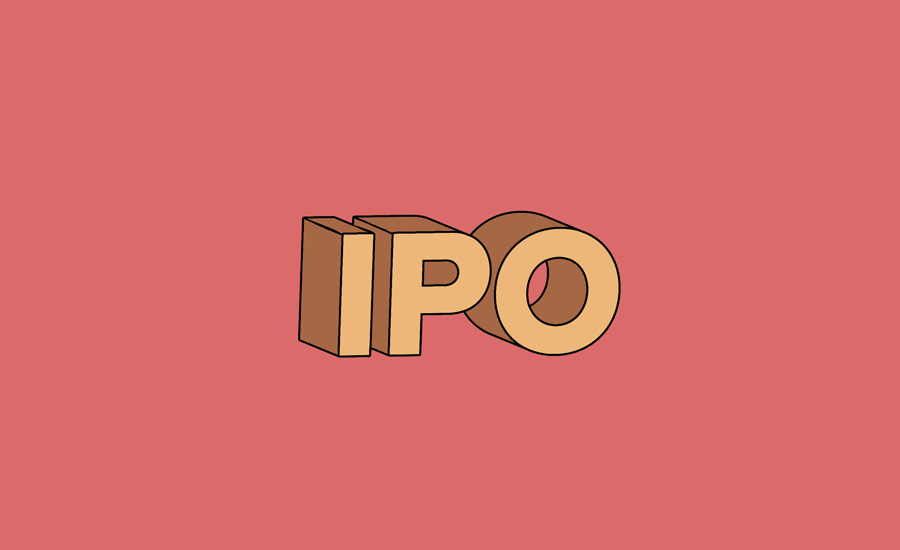Morning Report: Another Chinese tech company is looking to go public in the United States.
Following a host of Chinese companies that have gone public in the United States this year (Huya, iQiyi, BiliBili, and others), Shanghai-based Qutoutiao has joined NIO in filing to debut domestically. Its name means “fun headlines,” and its core app provides written and video content produced by professionals and amateurs to a large audience.
Follow Crunchbase News on Twitter
The Chinese firm was founded in 2016, placing its IPO close to its birth by modern standards. Qutoutiao is backed by Tencent, one of China’s largest Internet firms. The media-adjacent company raised $200 million in its early-2018 Series B, according to Crunchbase; its Tencent-supplied Series A funding came in early 2017.
Qutoutiao had a $1.6 billion post-money valuation when it raised its Series B this March. We don’t yet know how much it will raise in its IPO, or at what valuation, but the firm will likely debut as a unicorn provided that its IPO gets out the gate.
But for that to happen, investors will need to buy into its financial picture. So let’s take a look. We’ll examine usage first, growth second, losses third, and whether those losses are bad, last.
Usage
Qutoutiao focuses on so-called “tier-3 and below” cities in China.
Despite not focusing on tier 1 and 2 cities such as Shanghai, Beijing, Shenzen, Chengdu, or even Zibo, the company’s F-1 argues that the population it targets is huge. The filing claims that “tier-3 and below cities had a population of 1,027 million each owning 0.5 mobile device[s] on average,” in contrast to “tier-1” and “tier-2” cities that had “a population of 363 million each owning 1.3 mobile devices” at 2017’s close.
Its bet on smaller cities appears to be working. The firm’s July 2018 metrics were as follows: 48.8 million monthly active users (MAUs), 17.1 million daily active users (DAUs), and 55.6 minutes of use of daily use per DAU. Those figures compare favorably to its Q2’18 average of 32.1 million MAUs, 12.3 million DAUs, and 47.3 minutes of daily user per DAU.
However, that rapid user growth has led to things both good and bad. Good in that the firm’s revenue has quickly expanded, bad in that the firm’s losses have grown as well. Let’s examine each.
Growth
In 2016, Qutoutiao had enough revenue to raise a strong Series B. By the end of 2017, it was nearly large enough to go public. Now it’s plenty big.
Putting that into figures, Qutoutiao’s 2016 revenue came to just $8.8 million. In 2017 that figure rose to $78.1 million. However, only $16.2 million of that figure was generated in the first half of the year. So, the second half of 2017 made about 80 percent of the company’s revenue for the year, or around $62 million.
In the first half of 2018, the company turned in $108.5 million in top line. So Qutoutiao grew 282 percent or so from the first half of 2017 to the second and 75 percent from the second half of 2017 to the first half of 2018. That’s incredibly impressive.
The company remains incredibly advertising-focused. In the first two quarters of 2018, Qutoutiao’s revenue mix was over 93 percent driven by ads. That was more diverse than its more than 99 percent advertising revenue generated in the first half of 2017.
So there is quick growth and some diversified, if still pretty monotonic, revenue. What has its growth cost? Quite a lot, as it turns out.
Losses
Qutoutiao is deeply unprofitable, something that wasn’t the case earlier in its life. As the firm has grown, its unprofitability has also expanded.
In 2016, the firm lost just $1.6 million against its full-year $8.8 million in revenue. In 2017, Qutoutiao lost a modest $14.3 million against $78.1 million in revenue. Given its year-over-year growth, that deficit was more than reasonable.
However, in the first half of 2018, the company lost $77.7 million against its revenue of $108.5 million, The firm’s net loss grew from just over 18 percent of revenue in 2016 to around 18.3 percent in 2017. Net loss is now just under 72 percent in the first half of this year.
Driving the huge increase in losses were dramatic increases in the firm’s sales and marketing budgets. In 2017, Qutoutiao spent $74.8 million on sales and marketing costs. In the first half of 2018, that figure rose to $126.5 million. Per the firm, these costs are mostly associated with “user acquisition through our loyalty programs,” the latter of which it says “create a strong viral effect, which we believe enables us to enjoy lower user acquisition cost compared to acquiring users through other means.”
Is That Bad?
Recall that Qutoutiao saw most of its revenue growth the second half of 2017, a period in which it generated around 80 percent of its top line for the year. The firm also spent about 77 percent of its sales and marketing dollars during the second half of the year.
So the cost of growth and loyalty were high for the company, the latter of which give it a far-lower effective gross margin than it might otherwise claim.
And there’s evidence that the company’s S&M costs could be losing effectiveness. At the end of Q1’18, Qutoutiao had 97.9 million installed users, and average MAUs and DAUs of 27.8 million and 11.3 million, respectively. That works out to an MAU yield of 28.4 percent and a DAU yield of 11.5 percent.
By the end of Q2 2018, Qutoutiao had installed users at 133 million and average quarterly DAUs and MAUs of 32.1 million and 12.3 million, respectively. That works out to MAU and DAU yields of 24.1 percent and 9.2 percent. So the company is spending more spend while retention rates fall, at least from this perspective.
Give Me The Short Version
Tying all that together, Qutoutiao’s F-1 filing is a wager that public investors are still hungry for high-growth tech shares.
I doubt that many American investors have heard of Qutoutiao, let alone used the application. As such, placing their capital in the firm is a wager. All IPO investing is betting of a sort, but in the case of Qutoutiao, its limited operating history and ramping losses will likely require more faith than usual.
Still, if Qutoutiao does make it out, the company will set a new marker for just how open the public markets are. And more data is always welcome.
Top Image Credit: Li-Anne Dias

Stay up to date with recent funding rounds, acquisitions, and more with the Crunchbase Daily.




![Illustration of a man sitting on a huge pile o' money. [Dom Guzman]](https://news.crunchbase.com/wp-content/uploads/Giant_Funding-470x352.jpg)


![Illustration of remote meet on cellphone, unicorn chess piece and money. [Dom Guzman]](https://news.crunchbase.com/wp-content/uploads/business-strategy-300x168.jpg)
![Illustration of toast with $ toasted in. [Dom Guzman]](https://news.crunchbase.com/wp-content/uploads/Forecast-dollar-sign-300x168.jpg)


67.1K Followers